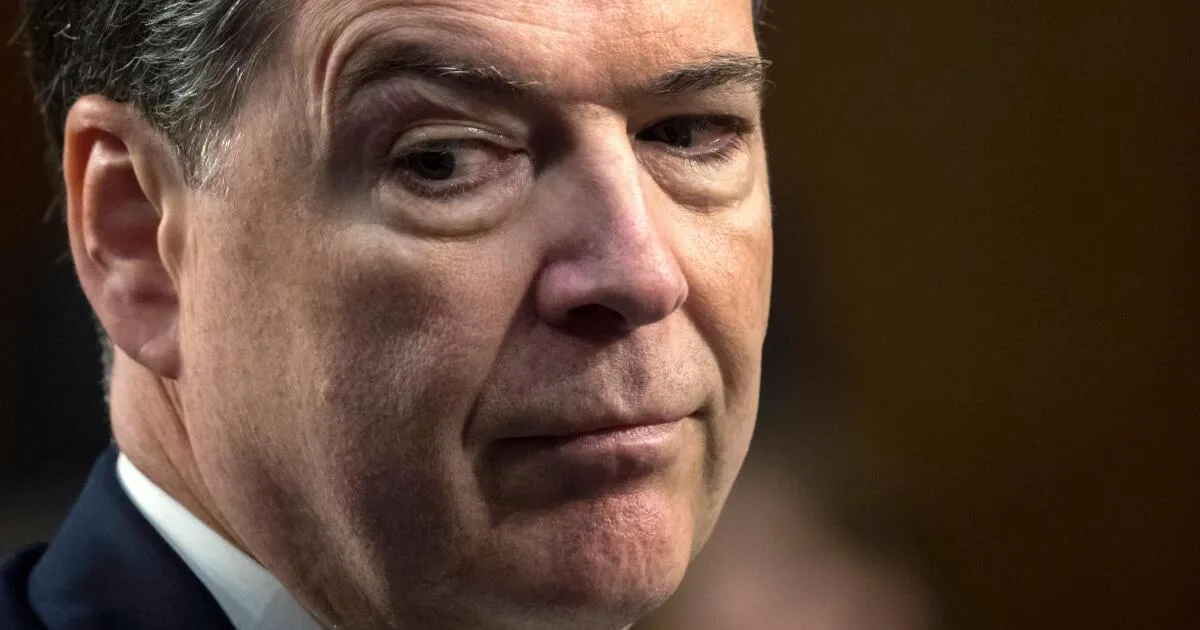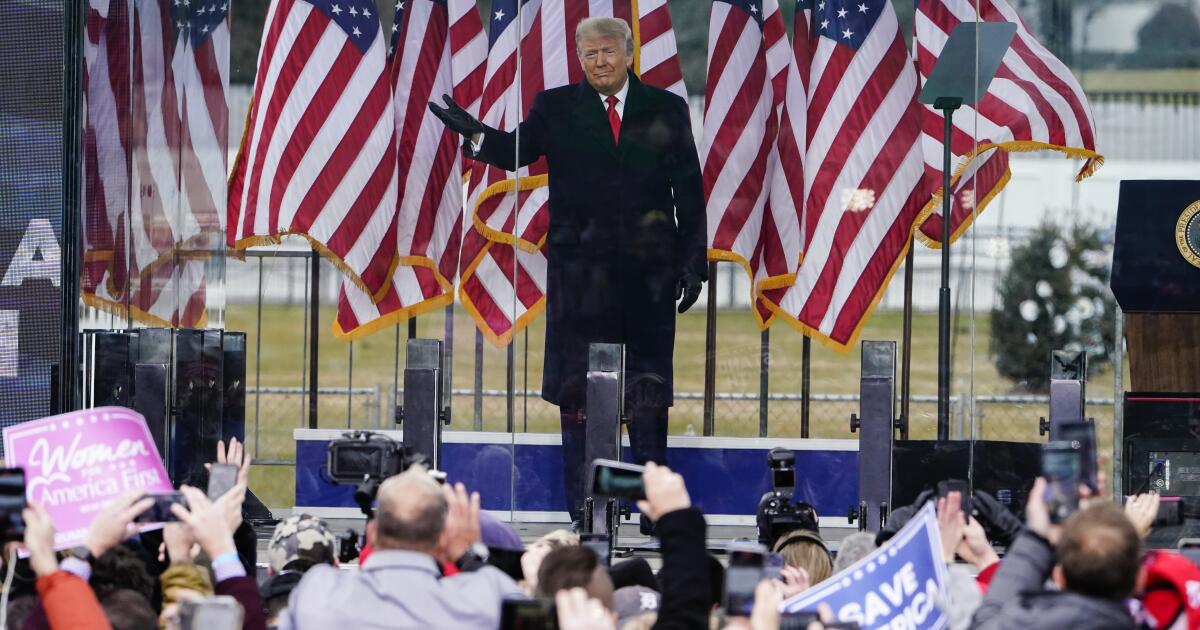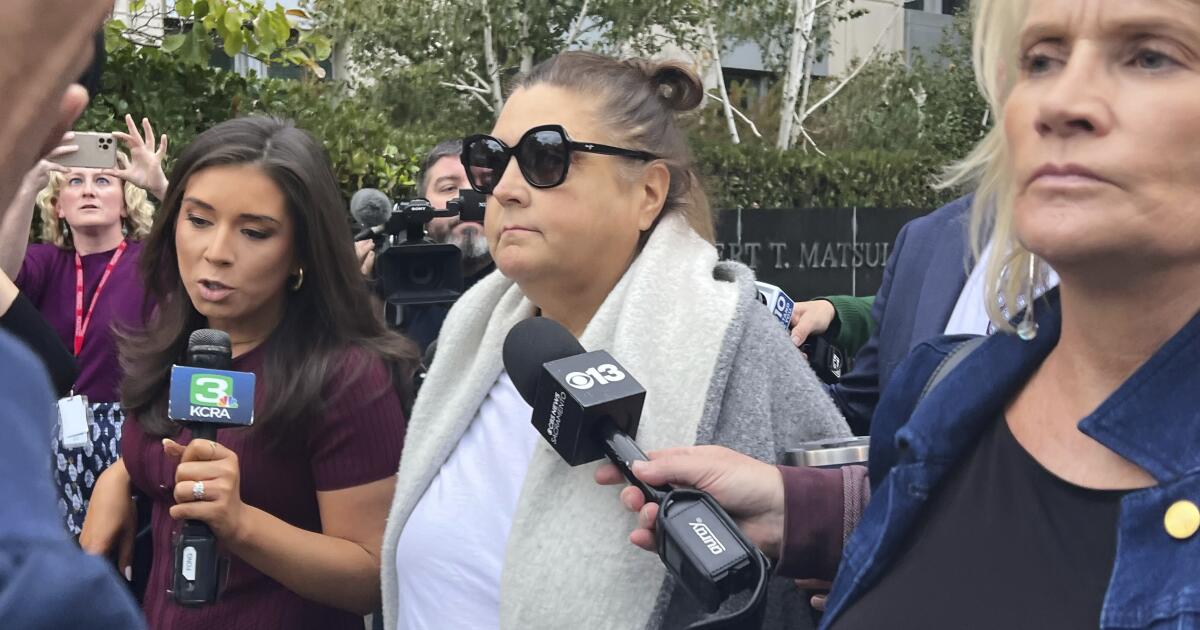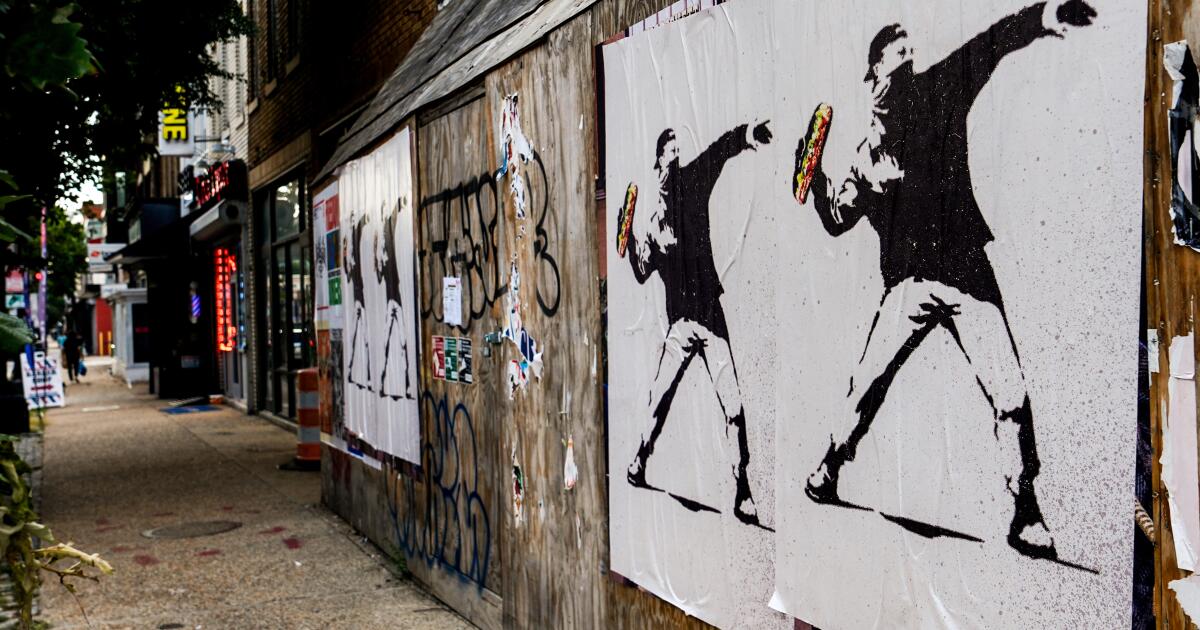Here’s what the path ahead on Comey, James cases may look like
WASHINGTON — A federal judge’s dismissal of criminal cases against former FBI Director James Comey and New York Attorney General Letitia James, two political foes of President Trump, won’t be the final word on the matter.
The Justice Department says it plans to immediately appeal a pair of rulings that held that Lindsey Halligan was illegally appointed interim U.S. attorney for the Eastern District of Virginia. It also has the ability to try to refile the cases, though whether it can successfully secure fresh indictments through a different prosecutor is unclear, as is whether any new indictments could survive the crush of legal challenges that would invariably follow.
A look at the possible next steps:
What exactly did the rulings say?
At issue is the slapdash way the Trump administration raced to put Halligan in charge of one of the Justice Department’s most elite offices. A White House aide with no prior experience as a federal prosecutor, Halligan was named interim U.S. attorney in September after the veteran prosecutor who held the job, Erik Siebert, was effectively forced out amid Trump administration pressure to charge Comey and James.
U.S. attorneys, top federal prosecutors who oversee regional Justice Department outposts across the country, are typically nominated by the president and confirmed by the Senate, though attorneys general do have the authority to directly appoint interim U.S. attorneys who can serve in the job for 120 days.
But lawyers for Comey and James argued that the law empowers only one such temporary appointment and that, after that, federal judges in the district have say over who fills the vacancy until a Senate-confirmed U.S. attorney can be installed.
Since Halligan replaced an interim U.S. attorney who had already served for more than 120 days, the lawyers said, her appointment was invalid and the indictments she secured must be dismissed as a result.
U.S. District Judge Cameron McGowan Currie overwhelmingly agreed. Currie, an appointee of President Bill Clinton who was assigned to hear the dispute despite serving in South Carolina, not only dismissed the cases but also concluded that Halligan had been serving illegally in her position since the day she was sworn in.
Could the Justice Department appeal?
Yes, and Atty. Gen. Pam Bondi indicated that the department would do exactly that.
Any appeal would first be considered by the Richmond, Va.-based 4th U.S. Circuit Court of Appeals, but theoretically could go all the way up to the Supreme Court and present a fresh constitutional test about the Justice Department’s appointment authority.
Interestingly, Currie implied that her interpretation of the law might be well-received by at least one current conservative member of the Supreme Court.
In a footnote, she cited a 1986 legal memo from Samuel Alito, then a deputy assistant attorney general in the Justice Department’s Office of Legal Counsel, that concluded that the Justice Department could not make another temporary appointment after a first 120-day period expired.
Can the cases be filed again?
Since the cases were dismissed “without prejudice,” the Justice Department is clearly able to seek a new indictment against James using a different prosecutor with lawful authority to present to the grand jury.
The question, however, is much trickier in Comey’s case. It’s complicated by the fact that the five-year statute of limitations — or the limited time in which charges can be filed — expired at the end of the September, just days after Halligan raced to present to the grand jury.
Federal law allows prosecutors to return a new indictment within six months of dismissal even after the statute of limitations has passed. But Comey’s lawyers said they will argue the judge’s ruling makes the indictment “void,” and therefore “the statute of limitations has run and there can be no further indictment.”
The judge noted in her ruling that the deadline had passed and suggested that the statute of limitations is not tolled — or paused — in the case of an “invalid indictment.” Quoting from an earlier ruling, the judge wrote that “if the earlier indictment is void, there is no legitimate peg on which” to extend the deadline.
Regardless, the Justice Department in either case would have to convince a new grand jury to return new indictments, and that may be harder given the intense publicity around the cases. Widespread media coverage of the allegations and the defense claims of improper conduct by prosecutors could make it more difficult to find grand jurors who can view the cases impartially.
What happens to the other challenges to the indictments?
For now, those arguments are all moot as the Justice Department labors to salvage the indictments.
But in the event prosecutors do succeed in getting new indictments, they’ll likely have to fend off some of the same challenges that Comey and James had already raised and that remain pending as of Monday’s rulings.
Comey is charged with lying to Congress about whether he authorized an associate to serve as an anonymous source for the news media. James was charged with bank fraud and making false statements to a financial institution in connection with a home purchase in Norfolk, Va., in 2020.
Both have pleaded not guilty and had urged judges to throw out their indictments on grounds that the prosecutions were illegally vindictive and emblematic of a Justice Department that’s been weaponized to pursue the president’s adversaries. Those arguments would presumably be revived in the event of any new indictments.
Comey, for his part, has challenged a series of irregularities in Halligan’s presentation to the grand jury after a different judge who reviewed a record of the proceedings said he had identified a series of flaws — including the fact that the prosecutor apparently suggested to the panel that Comey did not have a Fifth Amendment right to not testify at trial.
He has also said that the testimony he gave to the Senate Judiciary Committee that underpins his criminal case was truthful and that, in any event, the question he was responding to was so vague and ambiguous as to make a false statement prosecution a legal impossibility.
Tucker and Richer write for the Associated Press.



